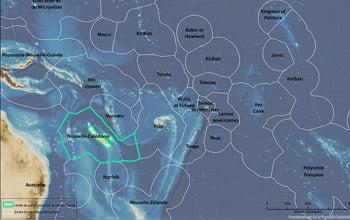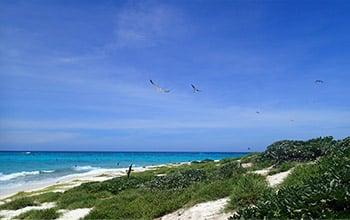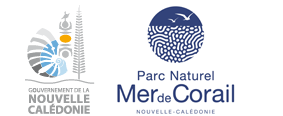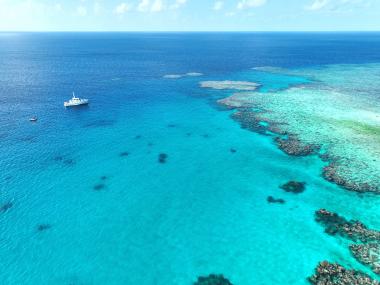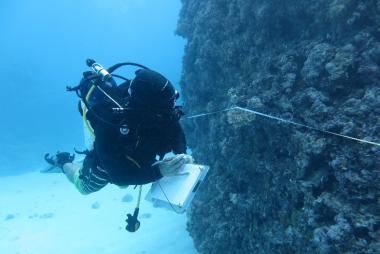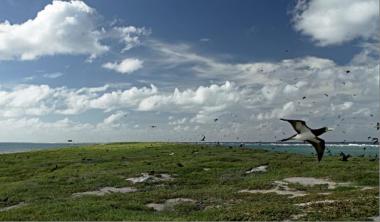Regional and International Cooperation
BENEFITS OF COOPERATION AT A LOCAL LEVEL
The Natural Park’s management must take into account provincial regulations and customary rules to make sure that the measures taken are coherent and the means mutualized. The park must therefore cooperate with provinces, municipalities, managing committees from the UNESCO’s World Heritage, customary structures as well as with any organization interacting with a protected area. Ensuring a coherent monitoring of the protected areas within our maritime environment is a priority.
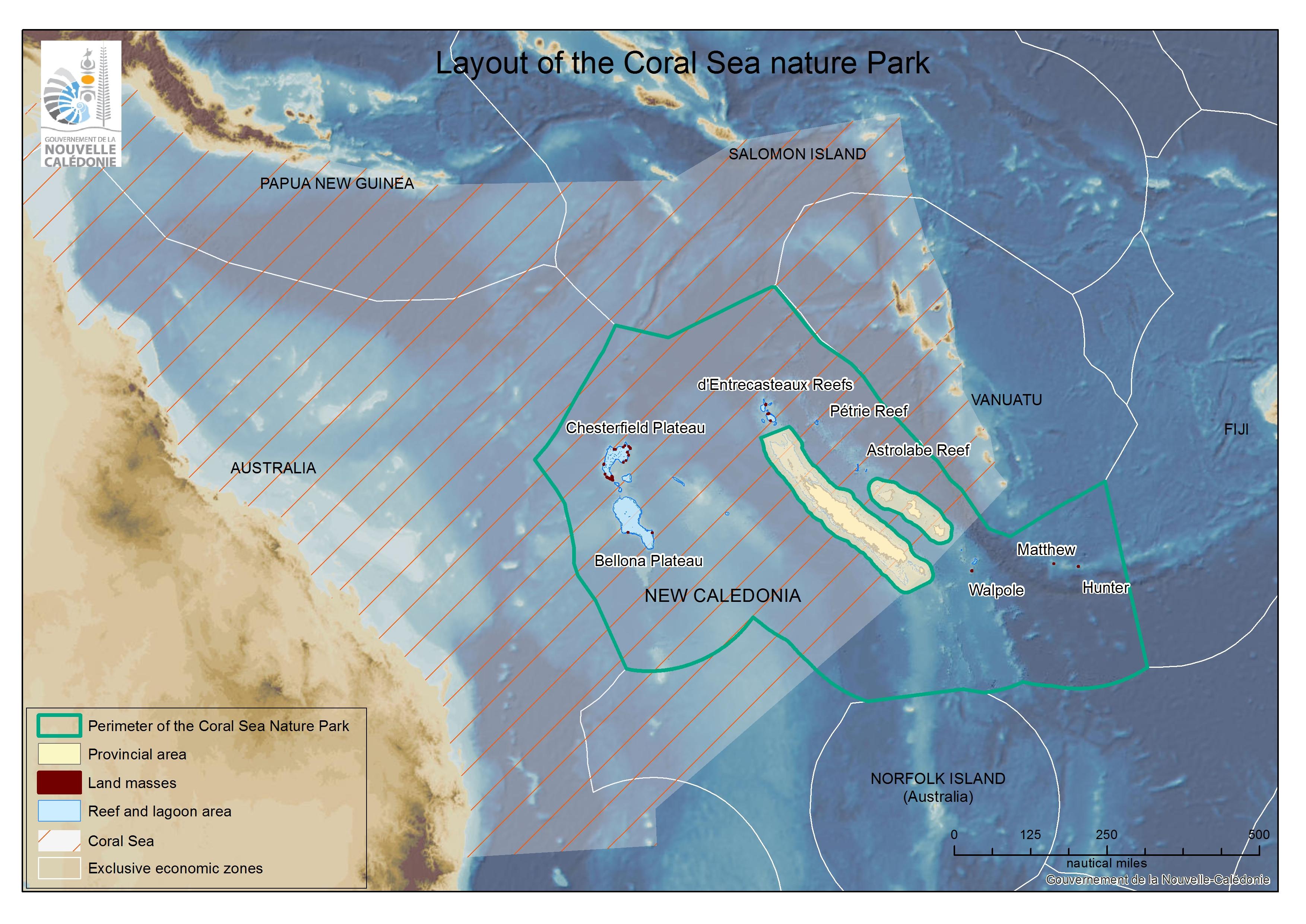
BENEFITS OF REGIONAL COOPERATION
The Natural Park of the Coral Sea also houses a UNESCO World Heritage site: The récifs d'Entrecasteaux. The Park must therefore work hand in hand with the other protected sites managers via the Conservatoire d'Espaces Naturels de Nouvelle-Calédonie (CEN).
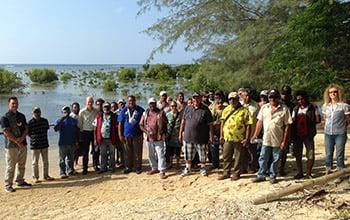
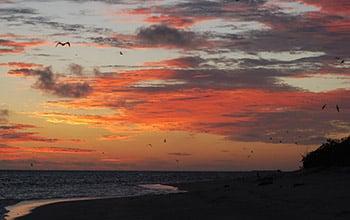
The Natural Park participates actively in the worldwide effort to promote sustainable management of the oceans and is integrated into the various exchange and knowledge-sharing platforms on the subject. In this context, New Caledonia has signed two bilateral cooperation agreements regarding the management of its waters:
With Australia, in 2010 , to coordinate the efforts regarding the management of the Coral Sea,
With the Cook Islands, in 2013, to twin the two countries’ protected marine area and facilitate the sharing of expertise to enable a better management.
The latter agreement enacts the twinning of the two countries’ protected marine area and facilitates the sharing of expertise to enable a better management.
In 2016, New Caledonia and Australia agreed to produce a newsletter to share with as many people as possible the activities underway in Australia's Coral Sea Marine Park and the Coral Sea Natural Park of New Caledonia.
These documents, published in French and in English, can be downloaded in the "Documents" area, below.
BENEFITS OF COOPERATION AT AN INTERNATIONAL LEVEL
The Natural Park of the Coral Sea can be integrated into several regional and international networks, including Pacific Oceanscape and Big Ocean to offer New Caledonia some visibility and a voice at international gatherings like the World Parks Congress in Sydney, or the climate summit, organized in Paris in 2015 (COP21).
The Park plays a major role in the international protection of the oceans and the meeting of objectif 11 of the Aichi plan (worldwide strategic plan for biological diversity 2011-2020) which aims to preserve 10 % of the Earth’s oceans by 2020.
The Government of New Caledonia’s project to create The Natural Park of the Coral Sea can be integrated into several regional and international networks, including Pacific Oceanscape and Big Ocean.
Therefore, the Park offers New Caledonia some visibility and a voice at international gatherings like the World Parks Congress in Sydney, or the climate summit, organized in Paris in 2015 (COP21).
